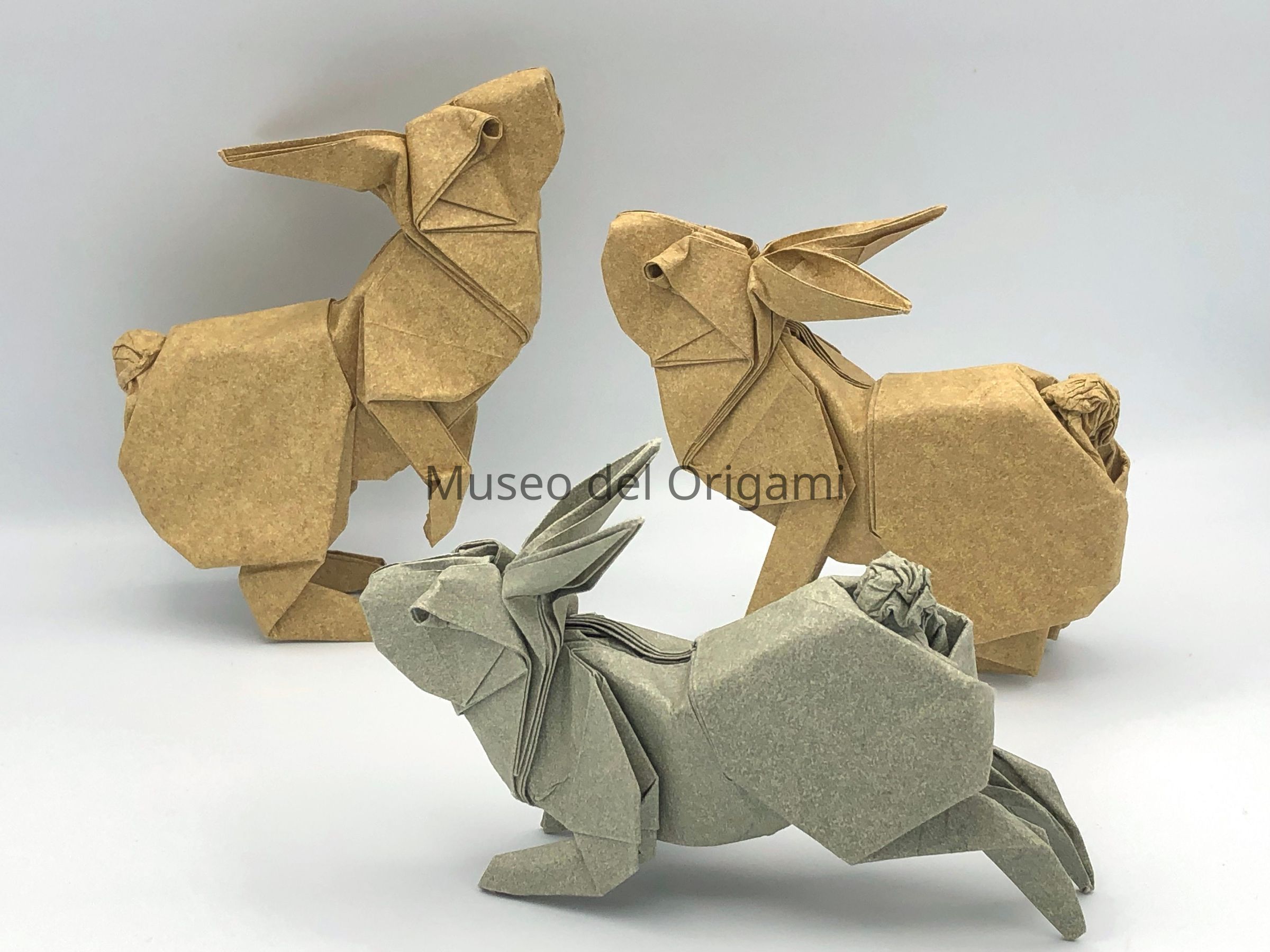Artist Information
Artist
Koh, RonRole
Designer and folderDate made
2012Notes
About the artist:
Ronald Koh is a renowned origami artist from Singapore whose passion for paper folding began in childhood, inspired by his grandmother and sparked more fully in the late 1960s after discovering Robert Harbin’s television series and book Secrets of Origami. What began as fascination quickly became a lifelong creative pursuit.
Origami offered comfort during his early years and personal challenges, such as a stammer, and later became part of his professional life at the Singapore Postal Authority, where he used it to illustrate creative thinking and problem-solving.
Koh is celebrated for his complex and expressive designs, including his iconic cobra, a detailed series of fish, and lifelike rabbits. After retirement, he faced a major stroke that left the dominant side of his body immobilised. “In those dark early hours at the hospital, I thought it was the end—not just of life as I knew it, but also of origami. Or so I thought.” Slowly, with determination and a single sheet of paper, he returned to folding, using it as both therapy and motivation to recover.
He values patience, tradition, and a strong foundation in the basics. Despite international recognition, he wishes only to be remembered as someone who simply loved folding paper.
